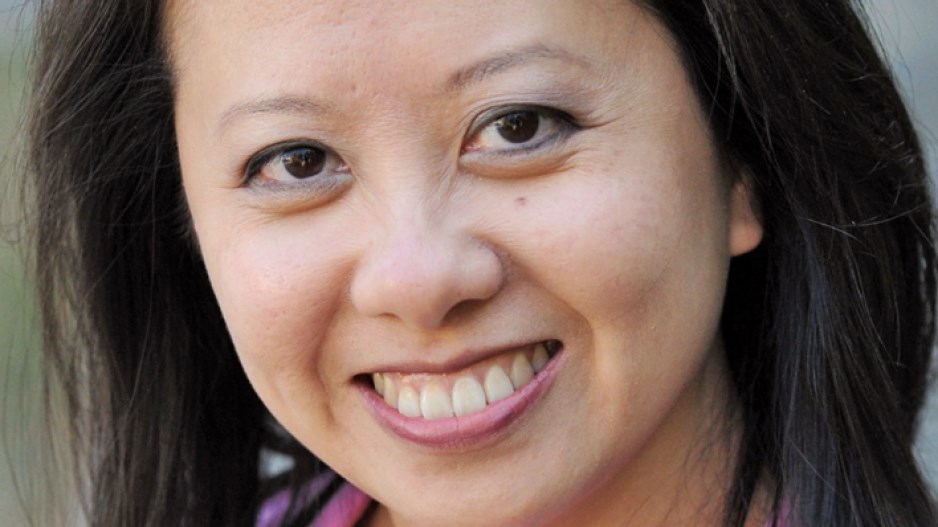Mandy Chan's post-secondary plans in the early 1990s consisted of going to Toronto's Ryerson University to study fashion merchandising and design.
“I honestly never grew up thinking I would be doing anything remotely technical,” said the CEO of Vidigami, a photo-sharing website aimed at schools and parents.
After her parents convinced her to study business and communications on the West Coast, she accepted a co-op with former Canadian telecom giant Nortel before co-founding four startups over the next two decades.
There weren't many women in the tech industry when she started. That's changing, but at a snail's pace.
“More women are getting involved now by virtue of the fact technology today is a lot more accessible than it was 20 years ago. It's around us everywhere,” Chan said.
“I don't know that you need an engineering or computer science degree to be in tech. I think it's a really, really great thing that women aren't fearful and feel like there's a barrier.”
Lawyer Donna Robertson, co-president of Novus Entertainment, said she “backed in” to the tech industry more than a decade ago when the Vancouver-based telecommunications company she now leads needed someone to navigate regulatory practices.
“Very few [women] come in as engineers or techies,” she said.
“There is a big divide in the technical world – and I know it. We all sense it; we all feel it.”
Robertson said learning to “talk the talk” and devoting significant time toward understanding the technology are critical for those in the industry lacking a technical background.
She said it's difficult to pinpoint why there is a gender disparity in the tech sector, especially since so many women are enrolled in other sciences such as medicine.
Women made up 56% of medical students during the 2012-'13 school year, according to an Association of Faculties of Medicine of Canada report.
But data from Ottawa-based Engineers Canada shows only 18% of those enrolled in undergrad engineering programs in 2012 were female. That's a decrease from 2001, when 21% of undergrad engineering students were female.
And B.C. lags behind the rest of the country, as only 15% of undergrad engineering students in 2012 were women.
“I hate to stereotype boys and girls, but definitely there is sort of an inclination that comes about very early in life, and society panders to it,” Robertson said.
“It is cultural. We definitely condition children in certain ways.”
Sandra Wear, CEO of Canadian Women in Technology, is co-organizing the Be Like Ada programming seminar set for July 19 in Vancouver.
The one-day event aims to teach code to 500 female high school students as part of an effort to make 50% of engineering students female and double the number of engineers in Canada.
“This is not a female issue. This is a societal-economical issue,” Wear said.
“We can only make the best products, the best companies, if you've got diverse teams, and that includes gender.”
She said more visible role models need to step forward in the tech sector and show young women it's possible to be successful in an industry dominated by men.
“It's really hard to be what you can't see.”




